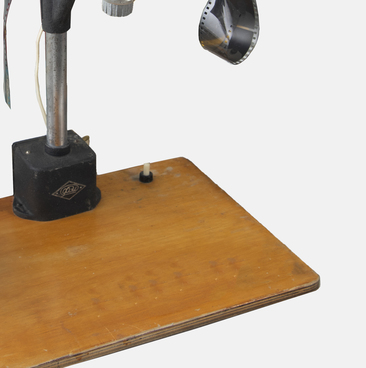In 1955, the Molniya EV-1 became the first Soviet electronic flash. Before that, photographers illuminated the scene they were shooting with an explosive magnesium flash powder or disposable flashbulbs.
The first devices of the new type were created before the war by an American named Harold Edgerton for shooting high-speed processes. The serial Strobotac flash, released in 1935, was a true breakthrough. It was completely safe and, in addition, did not require keeping spare flashbulbs. However, the electronic flash still had one serious disadvantage: a voltage of at least 100 volts was needed in order for xenon in the discharge tube to start conducting current and ignite. This required a high-voltage mains supply and precluded autonomous operation from a battery.
The problem was solved only in 1958 by the German engineer Paul Metz, who used a compact transistorized voltage converter. In the USSR, this technology came much later due to the low quality of domestic semiconductors, and therefore a power cord, stretching behind every photographer using a flash, remained a common occurrence until the mid-1990s.
“EV-1” was also designed for mains supply, but, in addition, could be connected to a special 300-volt battery. Such batteries under the trade name “Molniya” and the code 330-EVMTSG-1000 could be bought in stores, but only in large cities and on the same day they were delivered. Most of them were intended for enterprises. In those years, every self-respecting factory or serious organization had its own photographic laboratory. Such batteries were unavailable to amateur photographers, especially since 300 volts is not something to be trifled with.
For modern photographers, accustomed to compact flashes on AA batteries, powering high-voltage circuits through a converter in a chip, it is difficult to imagine that their colleagues in the past had to carry a two-kilogram bulky device. Yet the most surprising thing about this flash is that, like most of its analogs, it was not automatic, because the intensity of the pulsed light of a xenon lamp cannot be regulated, and the exposure could be only regulated by adjusting the aperture. Therefore, the EV-1 was used at its full capacity.


